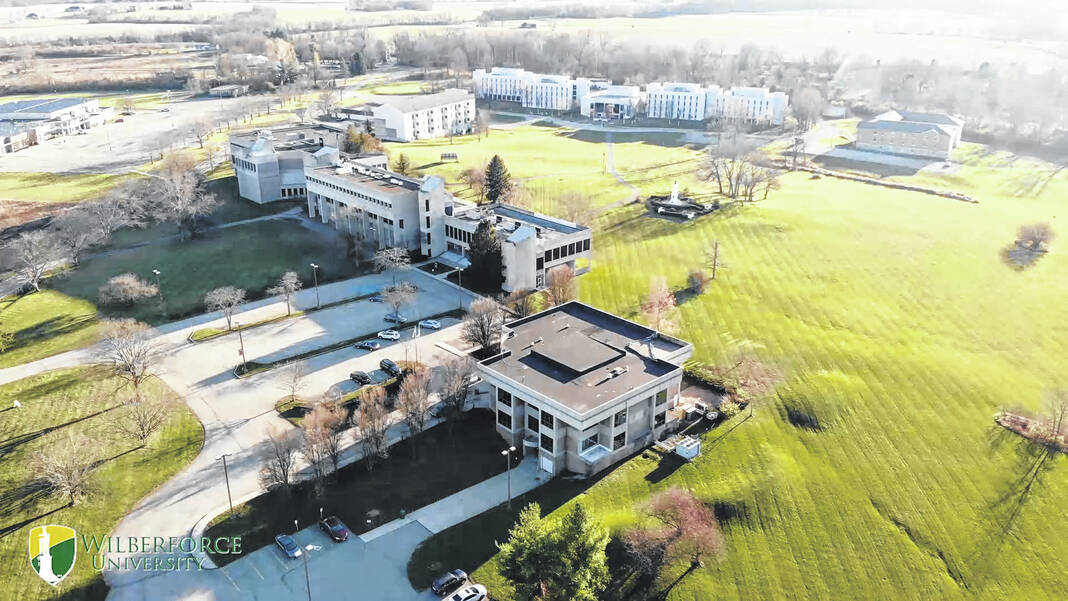
Submitted | Wilberforce University
A $2 million gift is expected to will help solve communication problems around the Greene County campus.
WILBERFORCE — Students on the campus of Wilberforce University and the community at large can look forward to no more “dead zones” when they are using internet and phone service.
The Broadband USA program, part of the National Telecommunications and Information Administration (NTIA), has awarded Wilberforce University $2 million to expand and enhance broadband access and campus connectivity.
The university is located in a rural community that had not completely accessed the digital divide. Once this university update is completely overhauled, students and faculty will be better able to resource and provide instruction. The expanded accessibility will also benefit the Xenia community, the university said in a release.
“It will actually be nice that faculty, students, and everybody on campus will have better internet resources,” said junior communications major Elijon McCullough. “We won’t have to worry about going off campus to find a better connection to finish homework.”
The program is fully housed by the U.S. Department of Commerce. It serves state, local and tribal governments, industry, and nonprofits that need to expand broadband connectivity which promotes digital inclusion.
“We are so grateful to the NTIA for recognizing the impact and legacy of Wilberforce University, and for investing in it and the students we serve,” said Natalie Coles, VP of Wilberforce University’s Office of Institutional Advancement. “So many community partners rallied behind us to show their support of our proposal and we are grateful. A special thank you to City of Xenia Mayor Sarah Mays for her support. We look forward to offering Xenia residents access to the internet when our project is complete.”
The update to the existing network infrastructure is tentatively set to begin at the end of March. The complete replacement includes cabling, wireless access point installation, increased mobile signal availability, switches, servers, equipment backup and storage, and firewalls/data security. It will mean seamless connection to the internet and quality hybrid classroom technology with “smart dorms,”academic spaces, and lounge areas.
“I really look forward to it,” said McCullough.

